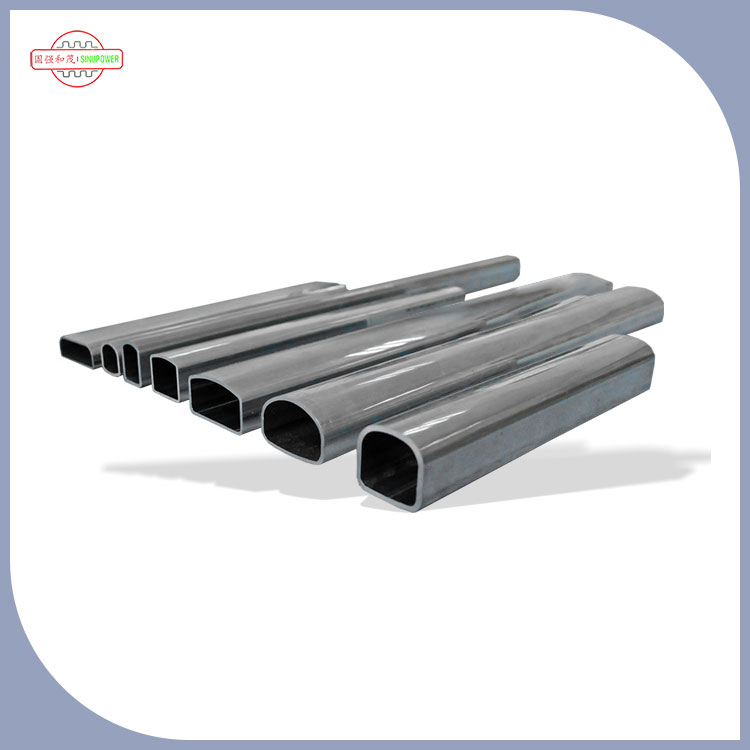D-tube has the following uses in cable protection:
1.Laying and fixing cables
Convenient wiring: the shape design of d-tube can well accommodate cables, especially for flat or multi-core cables. In building construction, whether in the wall, ground or ceiling, the D-shaped pipe can be flexibly laid according to the wiring requirements, and the cable can be threaded into it to achieve neat and orderly wiring and avoid the clutter and potential safety hazards caused by cable exposure.
Precise positioning: in some places with strict requirements on cable layout, such as data centers, communication rooms, etc., D-shaped pipes can be installed according to the preset path and position to accurately fix the cable, ensure that the cable remains in a stable position during long-term use, facilitate management and maintenance, and help reduce electromagnetic interference.

2.Protect the cable from external damage
Mechanical protection: d-tube has certain strength and hardness, and can withstand a certain degree of impact and extrusion by external forces. In the construction site or daily use, it can prevent the cable from being crushed by heavy objects, scratched by tools or other objects, and avoid cable damage caused by unintentional collision of personnel or equipment, so as to effectively extend the service life of the cable.
Environmental protection: it can resist the erosion of external environmental factors on cables, such as humidity, dust, chemicals, etc. In humid environment, such as basement, tunnel, etc., D-type pipe can prevent moisture from contacting the cable and prevent the cable insulation from aging due to moisture; In the industrial environment with dust or corrosive gas, it can protect the cable from dust pollution and chemical corrosion, and ensure the stable performance of the cable.
3.Convenient for cable overhaul and maintenance
Easy access: D-type pipes are usually connected in a detachable way, such as snap fit or threaded connection. When the cable needs to be overhauled, replaced or expanded, the pipe body can be easily opened to quickly locate the fault point or the position requiring operation, without damaging a large number of building structures or other facilities, which greatly improves the overhaul efficiency and reduces the maintenance cost.
Identification and management: the surface of D-type pipe can be marked or identified, indicating the type, purpose, direction and other information of the cable, which is convenient for maintenance personnel to quickly identify and judge during daily patrol inspection and troubleshooting, and helps to improve the convenience and accuracy of management.
4.Fire protection and flame retardant
Prevent the spread of fire: in some places with high requirements for fire prevention, such as shopping malls, office buildings, hospitals, etc., D-type pipes can be made of fire-resistant materials, or fire retardant can be added in the pipes. When a fire occurs, it can prevent the fire from spreading along the cable within a certain time, buy time for personnel evacuation and fire rescue, and reduce the loss caused by the fire.
Compliance with safety specifications: the use of d-tube with fireproof performance to protect the cable is one of the important measures to meet the building fire protection specifications and safety standards, which helps to ensure the overall fire safety of the building.
5.Shielding electromagnetic interference
Electromagnetic shielding: for some cables with high requirements on electromagnetic compatibility, such as communication cables, computer network cables, etc., d-tube can be made of materials with electromagnetic shielding performance, such as metal d-tube. It can effectively shield the external electromagnetic interference, prevent the cable from being affected by the electromagnetic radiation, resulting in signal distortion or transmission errors, and also avoid the interference of the electromagnetic radiation generated by the cable itself to the surrounding equipment and environment.